The South Devon Railway recreates the golden days of travel between the 1930s and 1960s as it takes you on a trip back in time on a traditional Great Western Railway branch line running from Buckfastleigh and Totnes Riverside.

Buckfastleigh Station
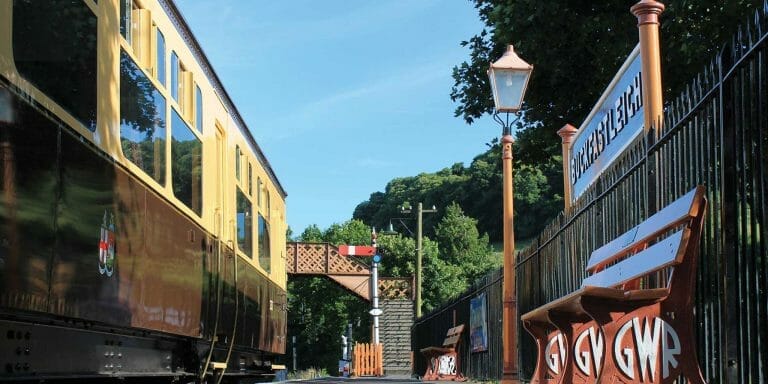
With the backdrop of Dartmoor and beautiful Devon hills, Buckfastleigh is our headquarters and, with ample free parking, is where most people start their journey on our line.
It is the home of our museum, historic steam and diesel locomotives and rolling stock, there is lots to see and do with a children’s play area, award winning gardens, riverside walks, a picnic area, as well as our Refreshment Rooms and Gift & Model Shop with its working model railway. Dartmoor Otters & Buckfast Butterflies are also at based Buckfastleigh station adjacent to our car park.
Shortly after departing Buckfastleigh is our first encounter with the River Dart and our only major river crossing, Nursery Pool Bridge, from here our line runs alongside the river before passing the Buckfastleigh to Totnes road where the cars often beep and wave at the train as it gently passes by.
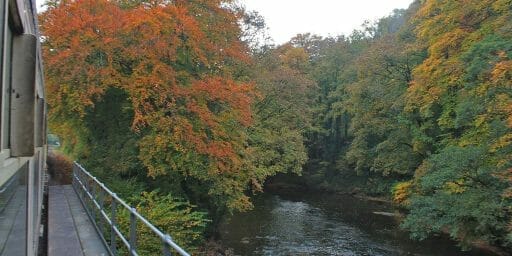
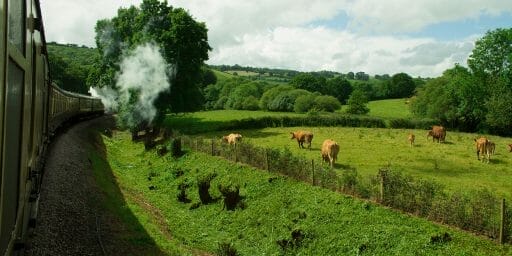
We then journey through lush farmland with grazing cattle, the rolling Devon hills create the backdrop with fleeting glimpses of the Dart, which is never far away.
Gently chuffing along, we are once again joined by the Dart as we approach Riverford Bridge, known to the railway as Hood Bridge, before descending through the woods and in to Staverton.
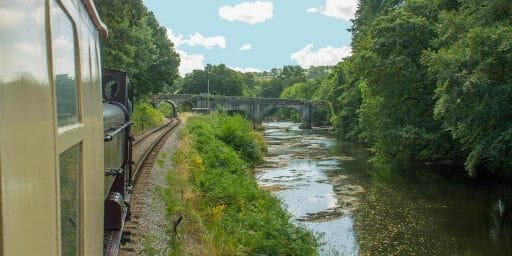

Just before Staverton we reach Bishops Bridge loop and Signal Box, on busy days you may have to wait in the loop for another train to pass by.
The signal box was originally located on Great Western Railway main line at Athelney in Somerset before it came to the South Devon Railway.
Staverton Station
The train pauses at Staverton, a delightful country station, which has remained largely unchanged for 100 years, taking you back to halcyon days when life was slower and quieter.
It is typical small wayside station that served the nearby village as well as the adjoining mill and local farms, some of which used to produce Devon cider. If you have time, stop off here and take a walk and enjoy this tranquil spot and its 15th century river bridge.
There are a number of delightful riverside walks. Ask at the station for details.
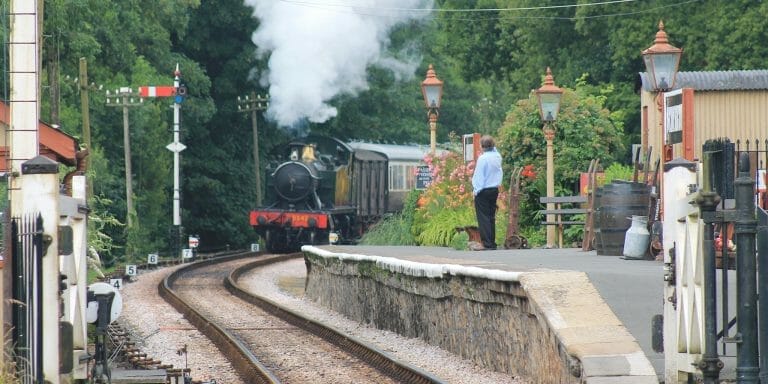

After the meadows at Staverton the railway hugs the river offering beautiful, tranquil views of one of Devon’s most scenic valleys, with hardly a road in sight and little evidence of habitation.
Winding our way alongside the river, Dartington Hall and its’ grounds are on the opposite side of the river, a popular spot for walkers and swimmers when the weather is nice.
Younger passengers may see Pixie Falls and Pixie Rise on the embankment on the left – but you’ll have to be quick: the pixies often hide when the train comes!
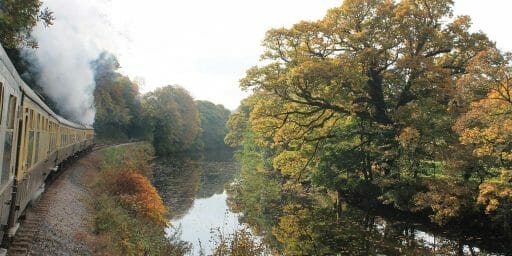

As the river leaves us briefly we pass the water filtration works and on to the Royal Mile, where Royal trains used to be stabled at night when the Royal Family visited Dartmouth Naval College.
At the end of the Royal Mile we round the corner, duck under Hampsted Bridge and arrive in to Totnes Riverside Station.
Totnes Riverside Station
Totnes Riverside is our southern terminus, what you see today has been built up from buildings rescued from all over the West Country. Where our station is now was originally a green field, branch line trains used to run into the main line station during GWR and British Railways days.
Adjacent to our station is the Totnes Rare Breeds Farm (3 Great Attractions joint tickets available), which is definitely well worth a visit. Here you can see rare breeds of sheep and goats, owls, poultry, ducks, doves and domesticated animals too. The farm also has a coffee shop overlooking the station where you buy meals, snacks, teas and coffee.
Totnes is one of Devon’s most visited towns with a great choice of places to visit, interesting shops and historic buildings including the Guild Hall and Totnes Castle.
Our station at Totnes is linked to the Network Rail main line station and the town by a network of footpaths. It is less than 500 yards from the main line station and a walk of about 20 minutes to and from the town.
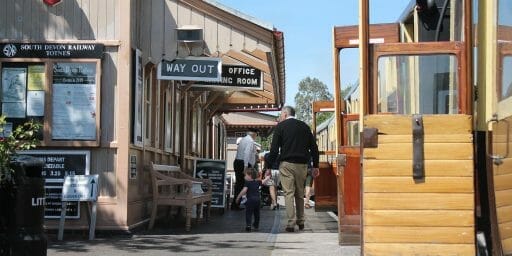
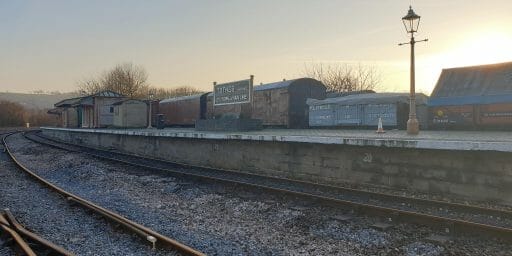

A Brief Line History
The branch was opened on 1st May 1872. Unfortunately the line never made a profit and had a quiet life, mainly being used for goods traffic, such as coal, wool, cider and agricultural goods, and serving the local population. In November 1958, the line closed to passengers, freight continuing until 1962.
A group of businessmen announced their intention to run the line, to be named the Dart Valley Railway, as a tourist line and in 1965 the first rolling stock arrived. Services between Buckfastleigh and Totnes started in 1969. In 1971, the line from Buckfastleigh to Ashburton was lost to the widening of the A38.
In 1991, the line was taken over by a registered charity, the South Devon Railway Trust and renamed the South Devon Railway.




